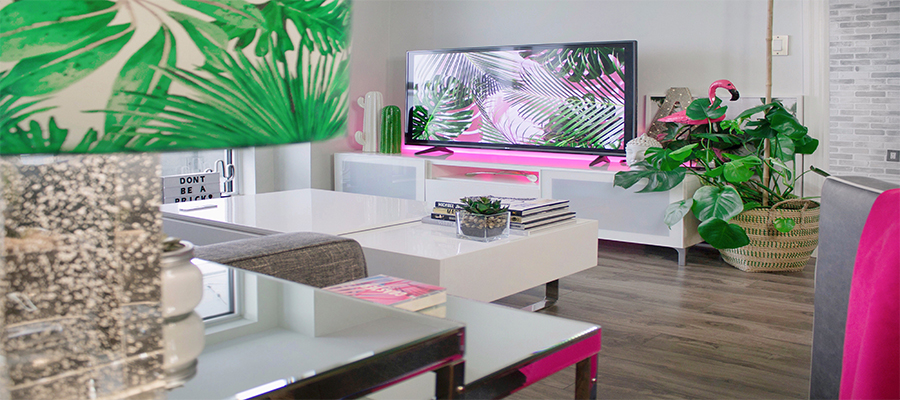The psychology of color in your home interior design
While color psychology is widely used in branding and marketing, it is also a powerful interior designers tool that has a greater impact on a room’s mood than any other element.
Different shades have different emotions, so when discussing which color to choose for your home, it’s essential to think about what kind of atmosphere you want to create and which colors will help you achieve that.
Blue
Blue is arguably one of the strongest shades in the spectrum of color psychology.
Deep and bold shades such as navy blue and royal blue are great for evoking self-confidence and are associated with fine qualities such as loyalty, self-confidence, peace, and success.
The bright shades give the home a sense of calm and tranquility, perfect for bedrooms, bathrooms, and living spaces where you want to relax.
Gray
Gray is one of the adaptable colors that can take on a variety of personalities. Color psychological shades are thought to influence the perception of safety, intelligence, and solidity.
It is also said to provoke a sense of calm and tranquility-ideal quality for a family home with an excited toddler.
As with any color, the result is highly dependent on how the shade is used. When the wall is flooded with matte gray blocks, it is soft and delicate, or strong and confident.
It dominates the room and works in stark contrast to the white ceiling and pedestal, while the velvet gray sofa has a softer focus shade.
Black
Black is always the color you can count on in every aspect of your life.
Whether you don’t know what to wear or what color of furniture to choose, the black neutrality provides perfect quality and promises elegance and sophistication.
A proven true accent color, but when widely used in room layouts, this color’s psychology translates into power, drama, and mystery.
Black excels in a modern and industrial environment, but it also offers a contemporary appeal to traditional spaces because it is not outdated.
Purple
Purple is associated with a wealth of wonderful emotions, from depth and creativity in color psychology to whimsical and noble.
It looks very comfortable in a feminine space like this cute bedroom scheme, but deeper hues can also be incredibly masculine.
It totethe big family’s happiness & tells luxury that allows the accent to carry original presence to area.
Pink
Very underrated as a color used only in little girls’ bedrooms, pink is a delicate psychological shade that speaks of nurturing, love and femininity.
Its timbre is heart-warming and popular in the bedroom, but if done well, it’s easy to move on to planning your living room.
Yellow
It’s no doubt that yellow is associated with the joy, optimism, and energy of color psychology.
Whether it’s mustard, lemon, or baby yellow, the shades are always vibrant.
The playful yellow shade is great for children’s rooms and nurseries, but you can also increase the color, and it works in almost every room.
Like many light tones, it can be difficult to work from top to bottom in the room, but yellow furniture and bold yellow accessories give it a gorgeous style.
Red
Red is one of the most dramatic shades in the coloring book and one of the most attractive colors for emotions.
This is often accompanied by emotions such as passion, excitement, and energy.
Ambition, action, and will are additional qualities that accompany the main shades, so red is a productive choice for home offices and creative spaces.


